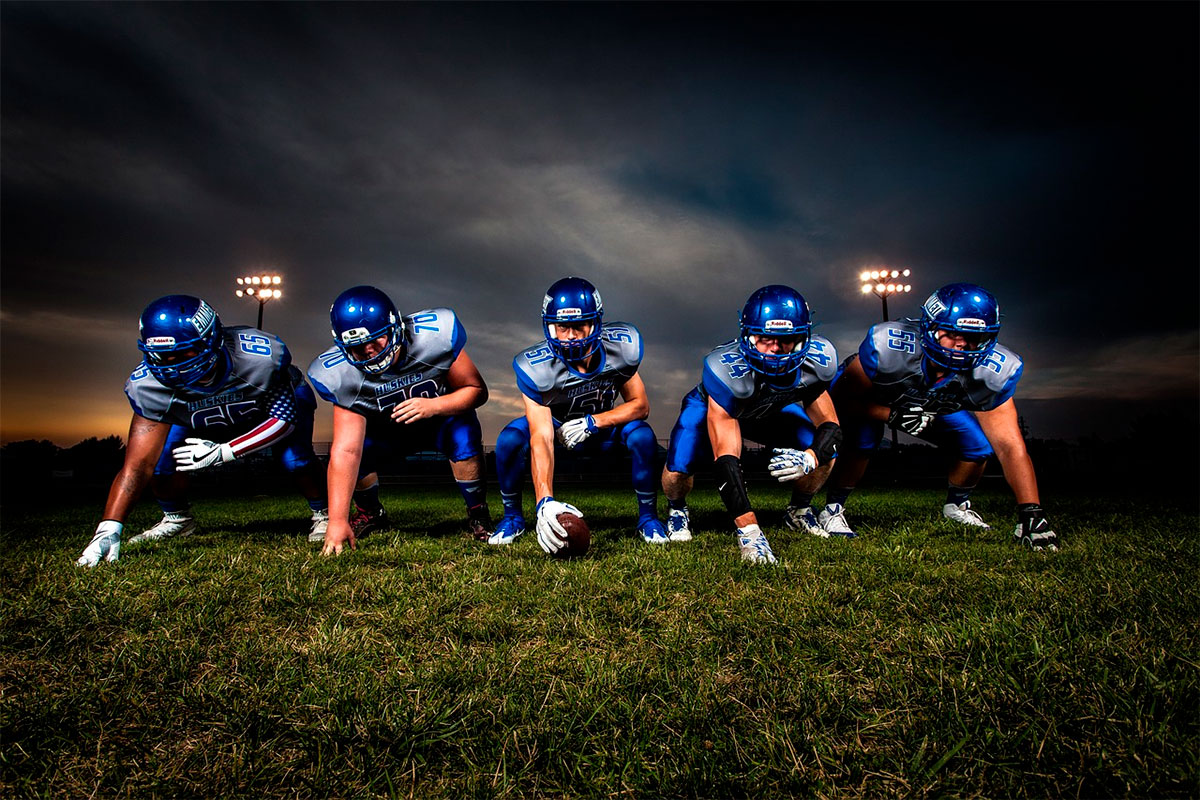There are many ways that sports teams generate revenue. Playing and winning trophies is their main aim and, in the top leagues such as the NFL, MLB and NBA, there are some serious prize funds at stake.

Source: Pixabay.com
External income can be sourced in many different ways, but merchandising plays a big role. Many fans want to be seen wearing their team’s jersey, and this is just one area of a significant business.
Revenue Sources
Prize money and merchandise sales provide a sizable part of overall revenue sources. Advertising and sponsorship is also on the table, with big name brands looking to get behind the franchises with the highest profile.
TV companies and the betting industry are just two sectors to have benefited from the globalization of sports in the digital age. Television subscription packages are at a premium while changes to regulations mean that there are more sports betting markets now than ever before. The NFL in particular is benefiting from this, the NFL lines attract plenty of attention before each match day which then results in the biggest companies arranging large sponsorship deals with the league itself.
Amidst all of these multimillion dollar sources, where does merchandising fit in and how do clubs go about getting their products to the fans?
The Numbers
Sales of replica kits may seem like a fairly small contributor to a sports team’s overall revenue, but there are some significant sums in place. In the UK, the English Premier League is the most popular soccer division in the world, and it produces some fascinating figures.
A club such as Liverpool, who have enjoyed success in Europe, would expect to receive around £16 million GBP in shirt sales per annum. The deals that are struck mean that the manufacturer receives the bulk of the income, while the club takes a percentage in commission.
If we look at the wider picture, the statistics show that overall market share from sports merchandising sales in the US in 2022 produced figures in the region of 15.26 billion dollars. These figures are eye-watering, but how do those products get to market?
Sales Outlets
Online sales will obviously form a major part of any sports team’s operation. It’s so easy now just to wait until the new kit is released before ordering shirts with just a few clicks. The team in question will have their own official store, while there will also be resellers with a license to sell those products.
Team merchandise can still be bought in person. Those arriving at the stadium can stock up before they see a game. Official club shops should be open during regular business hours too, so it’s easy just to call in when things are quieter.
To cope with additional demand on match days, there may also be some pop up shops appearing in the vicinity of the stadium. Expect to see such temporary outlets appearing close to train stations and other public transport hubs.
In many cases, there will also be satellite stores in neighboring towns and cities. Sports teams realize that their merchandise arms provide important revenue, and they will look to make physical stores as accessible as possible.
Online offers the most convenience but, for those who prefer to shop in person, the opportunities are plentiful.
What’s in Store
Sales of replica shirts represent the majority of any club’s merchandise operation. New updates are released on an annual basis and the dedicated fan simply can’t be seen in last year’s gear.
Along with the shirts, a full kit experience can be enjoyed by those diehard supporters. Shorts and training gear are available to complete the look.
Buyers can also show their support at home and in the office. Mugs, plates and bowls featuring their favorite teams can be purchased while there are even dog bowls and garden gnomes. While not all items will be best sellers, it’s clear that the options for merchandising are limited only by a designer’s imagination.
Passing on the Benefits
Fans who purchase official merchandise will want to feel that they are ‘buying into’ the team. By paying for the latest replica shirt, mug, key fob or other item, they are investing in their club and they are trusting the owners to spend the money wisely.
For the bigger clubs such as Liverpool in the English Premier League or the Tampa Bay Buccaneers in the NFL, the sales of merchandise will play just a small part in their overall operation. However, for the vast majority of sports teams around the world, such figures can make a big difference.
The purchase of a new player, or some essential repairs to the stadium can actually be helped by merchandise sales.
Of course, there will always be that desire to have the latest kit and to show that support to whoever needs to know. Buyers will always be there for a club to tap into and the billion dollar sports merchandise business will continue to grow in the future.









